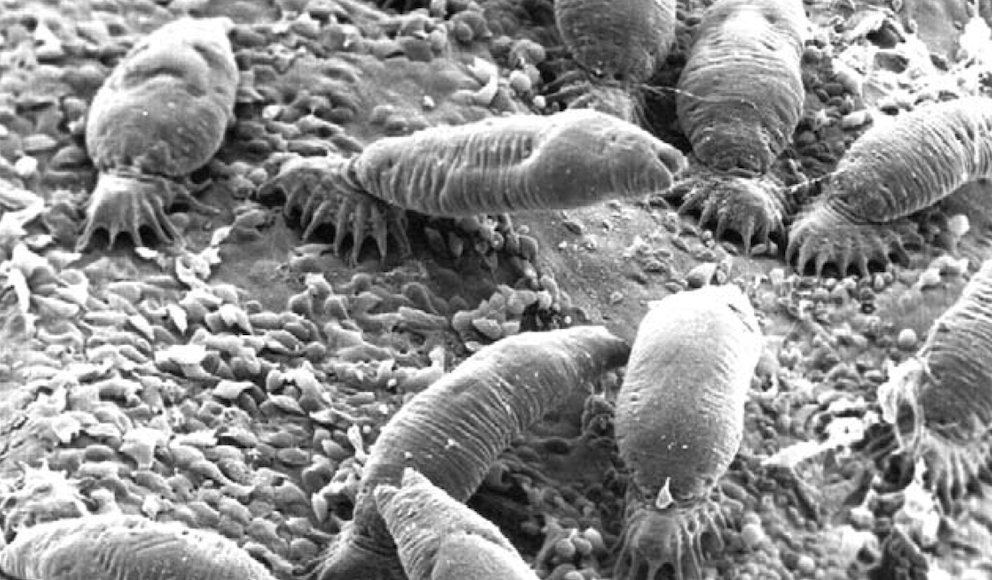Conservation of biodiversity is increasingly recognized as an important challenge, and numerous reports have addressed the ongoing loss of biodiversity and pinpointed the potential consequences. Even a sixth, man-induced mass extinction has been intensively discussed (e.g., https://www.nhm.ac.uk/discover/what-is-mass-extinction-and-are-we-facing-a-sixth-one.html). Frequently, the focus of such discussions is on endangered iconic species that easily attract public attention such as e.g., polar bears or rhinoceros. But what about parasites? Do they deserve conservation efforts as well? In a previous seminar of the FEZ research group at the Natural History Museum Oslo we discussed this topic, starting with a very recent contribution by Joshua I. Brian entitled ‘Parasites in biodiversity conservation: friend or foe?’ to the prestigious scientific journal Trends in Parasitology.
It is certainly true that the overall reputation of parasites is very low, and the term parasite first of all triggers negative associations. Shall we actually conserve such species? Isn’t their loss first of all a relief for those that suffer from parasites? And naturally the focus here is on species parasitizing humans, pets and farm animals, and perhaps also crops. We may start to think a bit more differentiated when we recall that parasitism is the most species-rich mode of animal life on Earth. There are estimates that there are roughly 100 000–350 000 worm-like parasitic species of vertebrates alone with the majority of them unknown to science (Carlson et al. 2020). Given the sheer number of parasitic species will tell us: we must care!
But is there something positive with parasites? The answer is certainly ‘yes’, especially when we look at their role in species communities and ecosystems. What are the benefits of parasites? In very general terms, parasite species are indicators of a healthy host species communities. As was pointed out they stabilize ecosystems and increase food web stability (Lafferty et al. 2008). At the same time they represent an important food source themselves, a curious fact to illustrate the point: a recent study concluded that the total biomass of exceeds that of aquatic insects in the Oregon streams (Preston et al. 2020). Furthermore, parasites may also contribute to recycling of organic matter. There is certainly many more positive effects that could be listed.
So, I consider it very good news that recently the IUCN (International Union for Conservation of Nature) started a SSC (Species Survival Commission) parasite specialist group to address the issue of conservation of endangered parasitic species. You may follow their activities either on their website or on social media, e.g., on Facebook.
Finally, it shall be noted that we enjoyed a lively discussion of the topic during the seminar, and agreed that there is a need for change of attitudes towards parasite species and parasitic lifestyle.
Further Reading:
Brian. 2023. Parasites in biodiversity conservation: friend or foe? Trends in Parasitology 39. https://doi.org/10.1016/j.pt.2023.05.005
Carlson et al. 2020. What would it take to describe the global diversity of parasites? Proc. R. Soc. B. 2872020184120201841. https://doi.org/10.1098/rspb.2020.1841
Lafferty et al. 2008. Parasites in food webs: the ultimate missing links. Ecology Letters 11: 533-546. https://onlinelibrary.wiley.com/doi/10.1111/j.1461-0248.2008.01174.x
Preston et al. 2020. Trematode parasites exceed aquatic insect biomass in Oregon stream food webs. Journal of Animal Ecology 90: 766-775. https://doi.org/10.1111/1365-2656.13409
![]()

1 Comment on “Door 9: Conservation of parasite biodiversity”